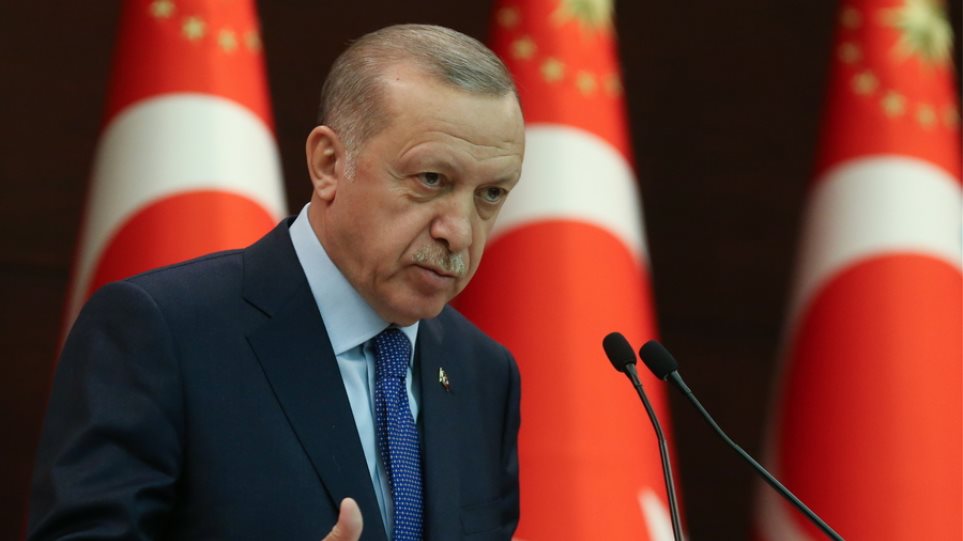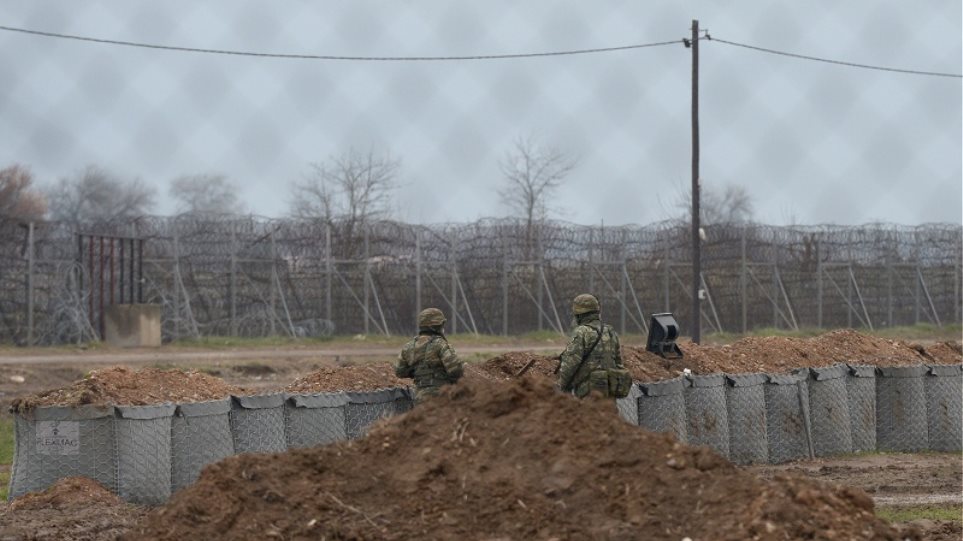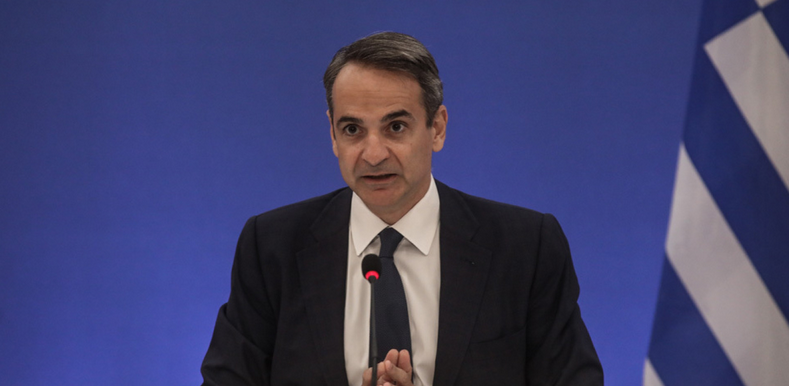As Iran and its proxies ramp up attacks against U.S. forces in Iraq and harass American naval vessels in the Persian Gulf — an escalation possibly fueled by Iran’s dismal handling of its coronavirus outbreak — the administration of President Donald Trump appears divided about how to respond. Reports suggest that officials are split between two options — forceful retaliation directly against Iran and more limited reprisals against its Iraqi proxies. But a third strategy exists — one that parts of the administration have been preparing for two years — that would allow the administration to both take the fight to Iran and lower U.S. exposure: namely, recruiting Turkey in a campaign to push back against Iranian forces splayed out across the northern tier of the Middle East.
Such a partnership might seem unthinkable to most in Washington. A remarkable, bipartisan consensus exists on Capitol Hill and among foreign policy experts that the United States and Turkey, though nominally treaty allies, share few, if any, interests, objectives, and, particularly, values. This overwhelming conventional wisdom, however, is not unanimously embraced. Elements of the Trump administration are actively seeking to rehabilitate the relationship with Turkey, with the support of some of outside analysts, while President Trump has remained friendly with Turkish president Recep Tayyip Erdogan. Rather than dismissing these positions as outside the mainstream, these analytical assessments and strategic judgements should be taken seriously, not least because they have the real possibility of shaping policy.
Indeed, the rapid shift in conditions along the Syrian-Turkish border over the last six months suddenly makes such a realignment a very real possibility. The United States largely acceded to Turkish demands to withdraw from northeastern Syria, while Turkey has recently demonstrated its ability and willingness to target Iranian forces in Idlib. Suddenly, both allies might have an interest in working together against Iran.
Pursuing cooperation with Turkey might appear to give the Trump administration a way out of its Iran policy dilemma, but that does not make it a sound strategy. Even if a U.S.-Turkish campaign against Iran were plausible, it would represent a fundamental misreading of Erdogan, of Iran, and of the ways in which the region’s strategic landscape is dramatically changing. It would be ineffective, at best, and counter-productive, at worst.
Iran, It’s Always Been Iran
The desire to prioritize Iran as part of its approach to the Middle East has been evident in at least some Trump administration statements, lurking in the background even when discussing the Islamic State. “We’re not going to leave,” then-National Security Advisor John Bolton declared of Syria in September 2018, “as long as Iranian troops are outside Iranian borders and that includes Iranian proxies and militias.” For all the talk of pushing back on Iran’s regional ambitions, however, there was little concrete evidence to suggest the administration really was doing so militarily.
That all changed on Jan. 2, 2020. The U.S. drone strike that killed Qassem Soleimani, the commander of Quds Force and the lead architect of Iran’s regional strategy, along with senior members of Iraq’s Popular Mobilization Forces, upended expectations — in Washington and Tehran — about Trump’s willingness to use force directly against Iranian assets.
Nor was the Soleimani killing an aberration. As demonstrated by the increased tempo of tit-for-tat strikes between U.S. forces and pro-Iranian Iraqi militias in mid-March, the Trump administration is debating how to respond to renewed low-level harassment from Iran’s proxies. The administration appears determined to respond, but is struggling to determine how to do so.
How Can America Counter Iran If It Withdraws from Syria?
If the administration had been planning to take on Iran and its proxies militarily, however, the U.S. withdrawal from Syria in October 2019 might seem counter-productive. At best, it signaled a declining political appetite for an American military commitment in the Middle East. At worst, reducing cooperation with the Syrian Democratic Forces (SDF) left the United States with decreased access to bases and fewer local partners to use against Iran. But the decision to reduce American presence in Syria was not merely about ending an endless counter-terrorist mission against a defeated enemy; it was as much about laying the groundwork for a new approach to Iran. A more muscular approach, to be sure, as demonstrated by the Soleimani strike, but, more critically, one in which Turkey would play a larger role.
Annual data from Turkey’s top statistics authority show increasingly strained economy
Consider, for example, the seemingly most inexplicable aspect of the withdrawal — that, given Trump’s evident desire to leave Syria, better preparations were not made for the inevitable pullout. As Aaron Stein argued, that “Washington never seriously grappled with how to leave Syria in a way that satisfied Trump and maximized U.S. interests,” amounts to bureaucratic malpractice. That is only true, however, if defeating ISIL were the administration’s primary objective.
At one point, it might have been. According to Brett McGurk, the former State Department lead on defeating the Islamic State, under Obama and early on in the Trump administration, there were efforts to square the circle of withdrawing while continuing to fight ISIL. This involved “negotiating directly with the Russians to broker a deal between the SDF and the Syrian regime.” Such a deal would have allowed the United States to depart, without letting up on the Islamic State or sparking a Turkish-SDF conflict. Though it is unclear how far such negotiations progressed, Syrian Kurds understood that, in the words of the SDF commander, the American policy under McGurk was that “you are a part of Syria and you need to strike a deal with the regime.”
Yet, such a deal never materialized. Instead, State Department officials after McGurk’s departure in December 2018, appear to have resisted not the Syria withdrawal itself, so much as the Obama administration’s plan for how to withdraw. An Assad-SDF deal might have been the best way for the United States to secure its counter-terrorist interests while ending its endless wars. But it did not figure in a strategy that was increasingly focused on Iran.
Read more: War on the Rocks






































